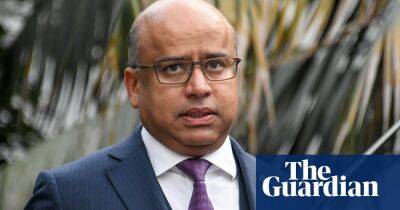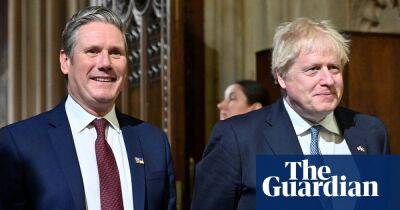The Queen’s speech 2022: what was in it and what it means
The Queen’s speech, which set out the government’s legislative agenda for the next parliamentary year, was a mix of new plans, long-made pledges and a handful of held-over bills. Here is what it set out – and what it all means, politically.
What is planned: There are six proposed bills intended to make the UK more competitive or otherwise free and liberal in the wake of Brexit, or tailored to post-Brexit trade deals. The flagship is the Brexit freedoms bill, which allows EU rules to be easily removed. Also planned are the procurement bill, financial services and markets bill, data reform bill, genetic technology (precision breeding) bill and trade (Australia and New Zealand) bill.
Why it’s there: In part this is the sheer logistical necessity of changing regulations in the aftermath of Brexit. But the Brexit freedoms bill in particular is intended to remind voters that Boris Johnson got departure from the EU over the line, seen by the Conservatives as a key success.
What is planned: There are seven bills arguably aimed, in part or whole, at stirring up the Tory base, creating headlines in friendly papers and annoying opponents. A public order bill will specifically target disruptive environmental protesters; a media bill will allow Channel 4 to be privatised; public bodies will not be allowed to boycott certain countries. Arguably the key bill would replace the Human Rights Act with a UK bill of rights. The higher education (freedom of speech) bill makes a return from the last parliament. The levelling-up bill promises local people “more of a say over changing street names”. Finally, the conversion therapy bill will ban practices aimed at changing sexuality, but not gender identity.
Why it’s there: This is all part of a
Read more on theguardian.com








![Is EGLD [Elrond] due for a major comeback after retesting structural support - ambcrypto.com](https://finance-news.co/storage/thumbs_400/img/2022/6/8/28887_q5ga.jpg)










